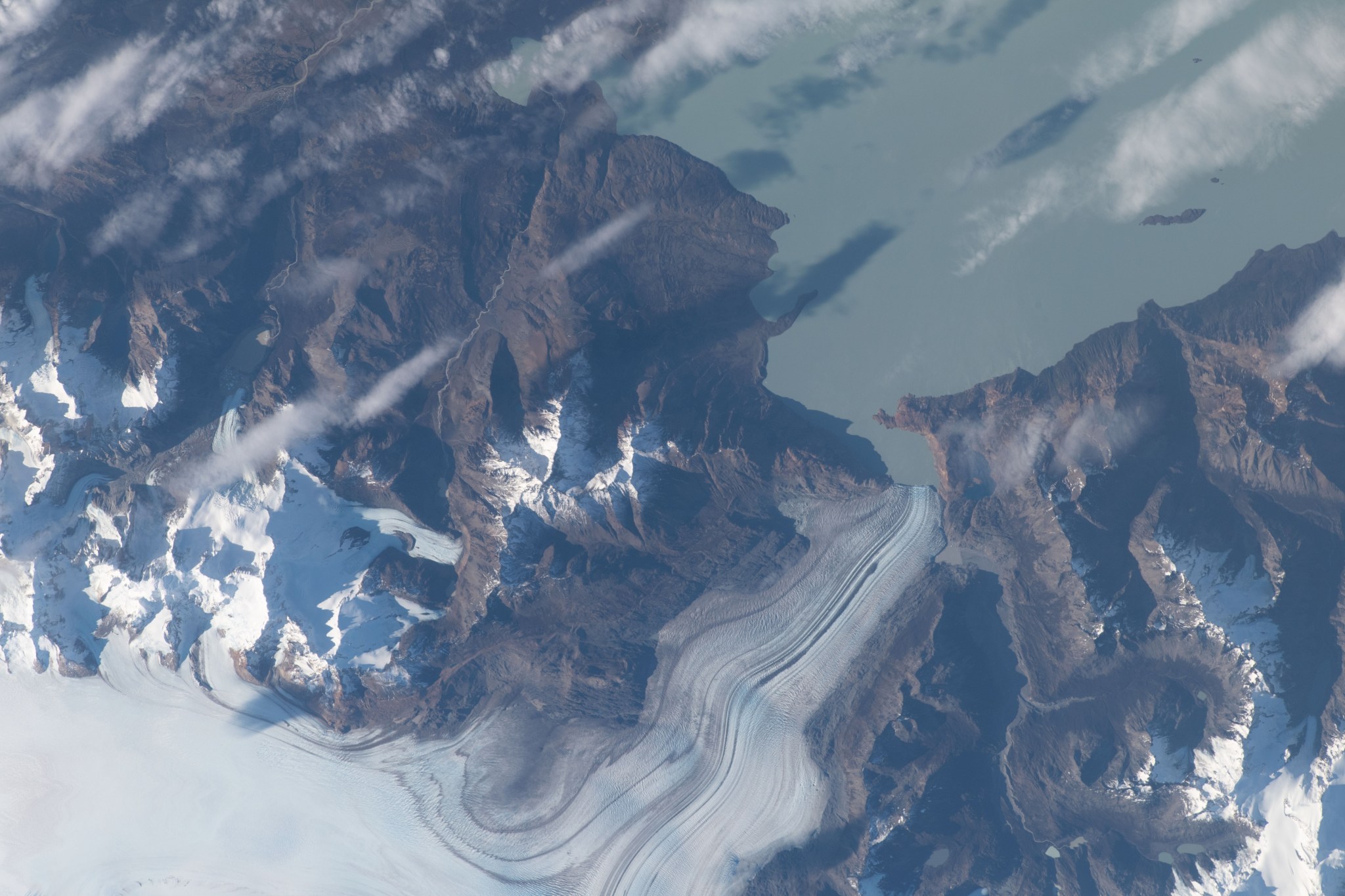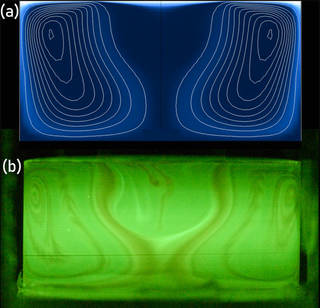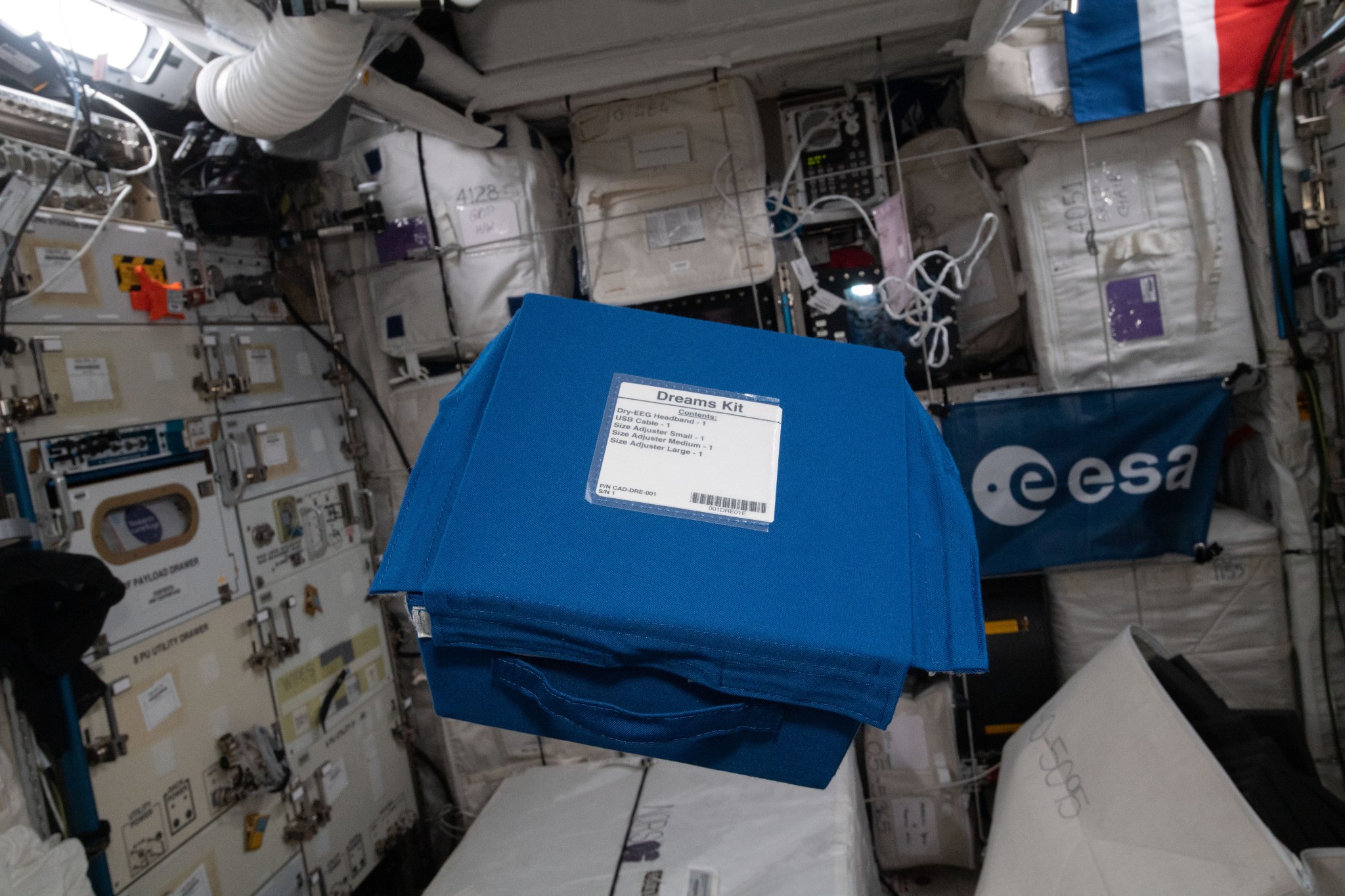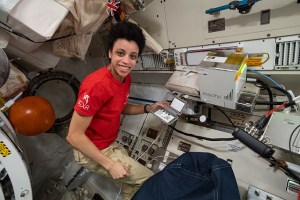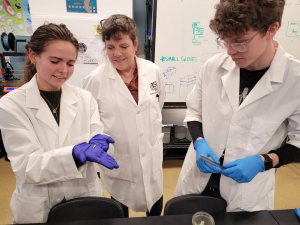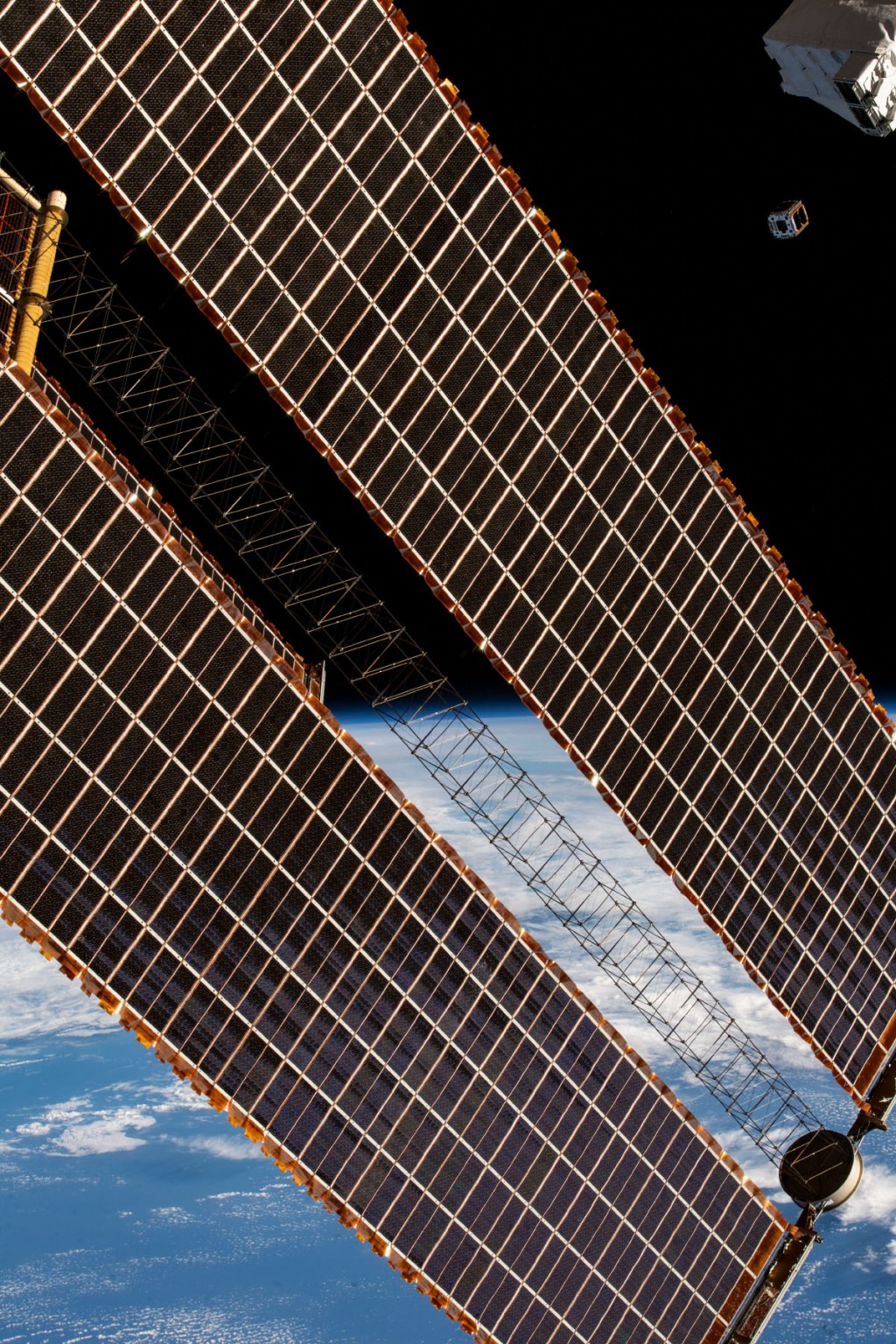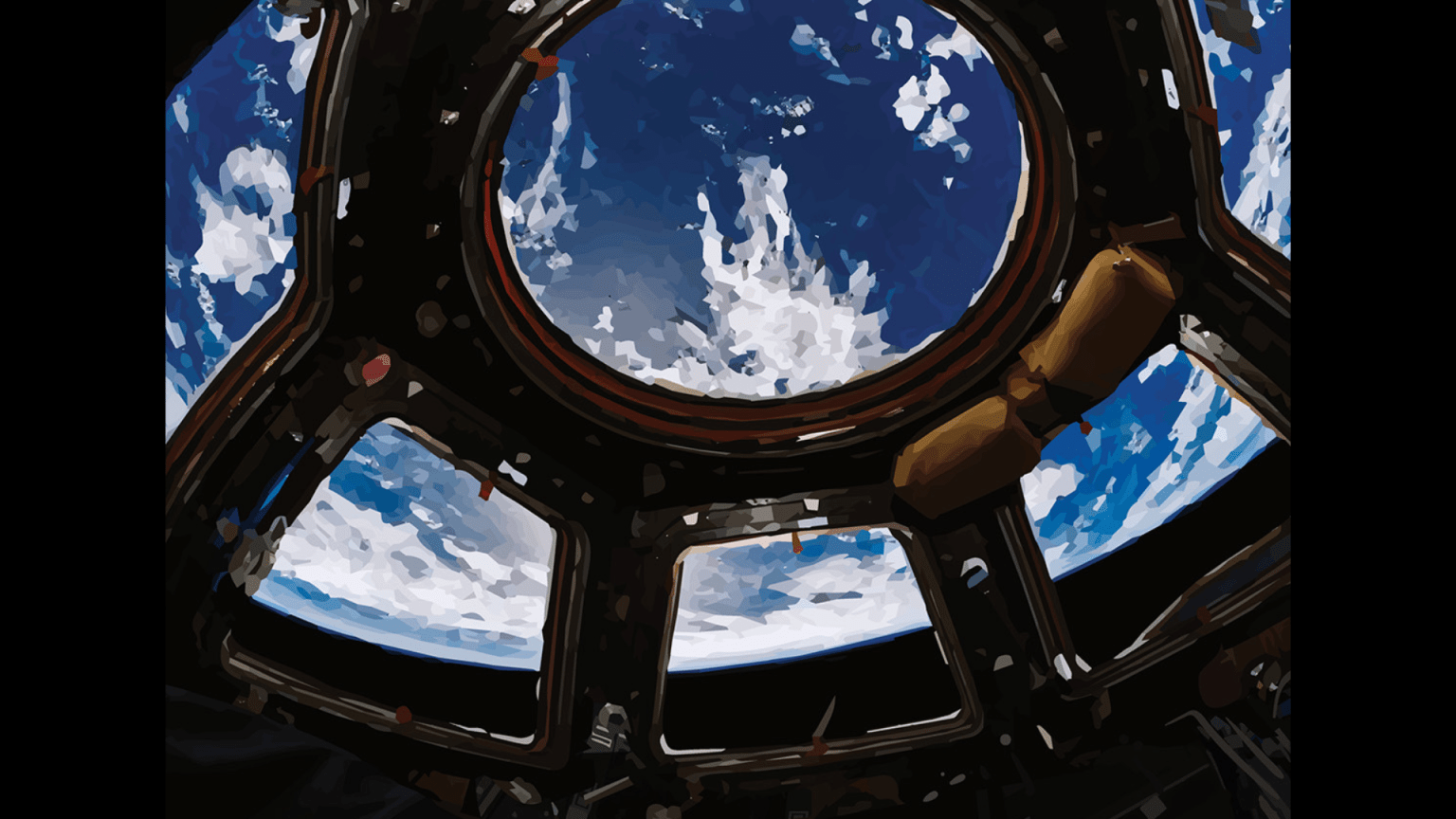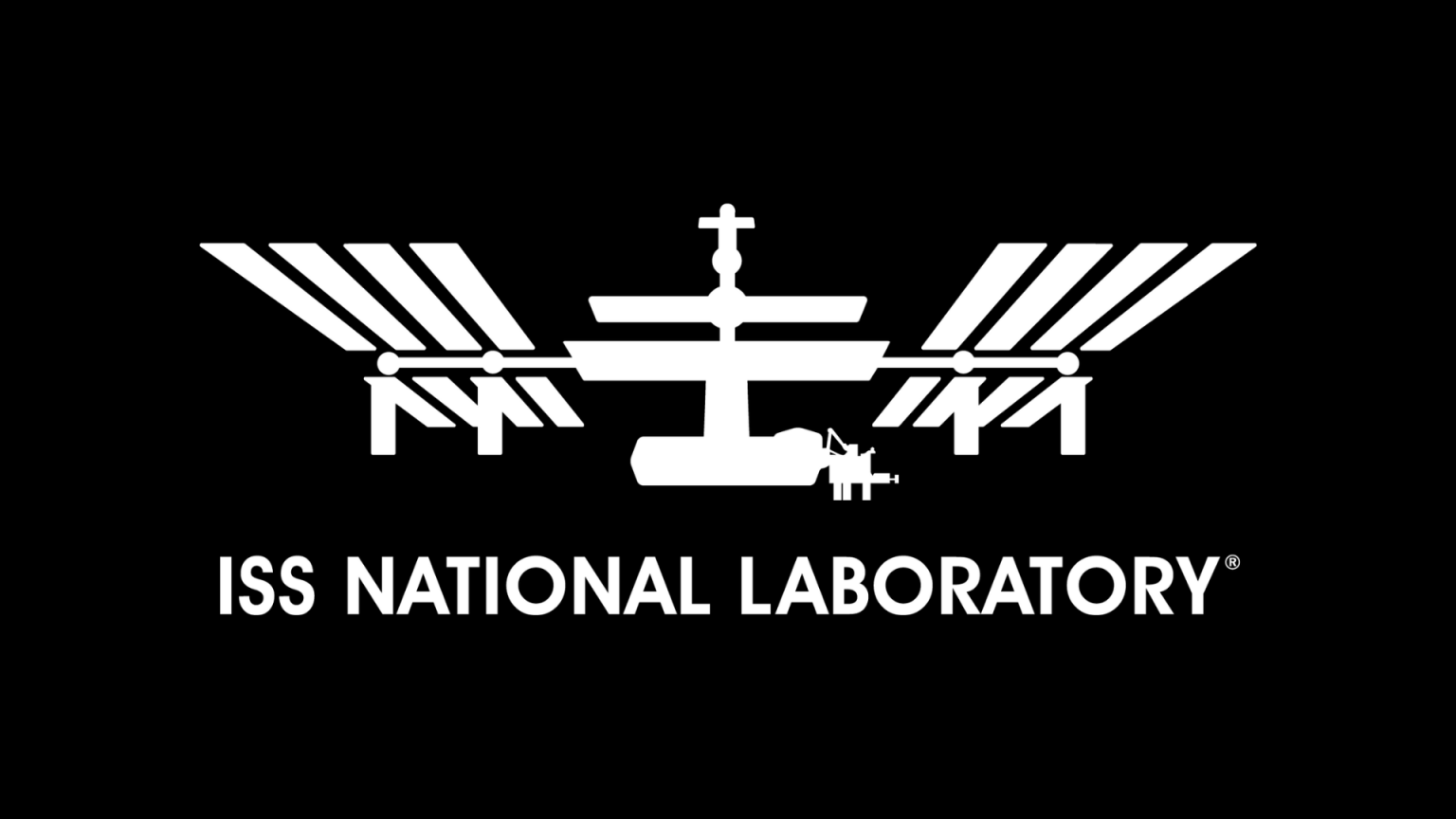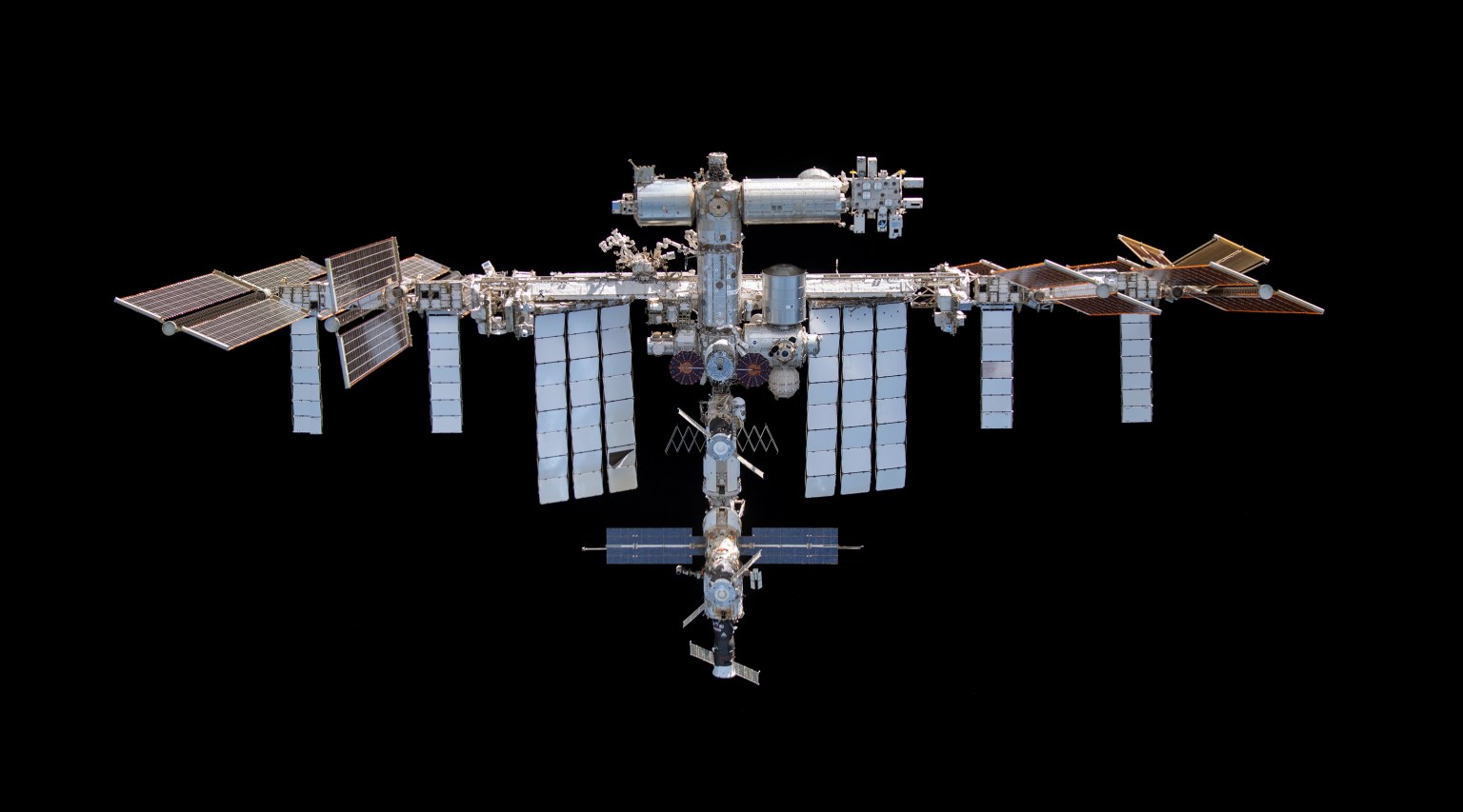Crew members aboard the International Space Station conducted scientific investigations during the week of May 15 that included studying the behavior of protein solutions, testing technology to monitor astronaut sleep quality, and examining the effect of exercise regimens that do not include a treadmill.
Crew members aboard the International Space Station conducted scientific investigations during the week of May 15 that included studying the behavior of protein solutions, testing technology to monitor astronaut sleep quality, and examining the effect of exercise regimens that do not include a treadmill.
Here are details on some of the microgravity investigations currently taking place aboard the orbiting lab:
Liquids, Uncontained
Ring Sheared Drop-IBP, sponsored by the ISS National Lab, studies high-concentration protein solutions and tests computer models for predicting their behavior. The investigation uses a system without containers that removes the effects of interactions with solid walls. Results could lead to more accurate models of complex fluid behavior, enabling production of next-generation medicines and improving in-space manufacturing and 3D printing. Results also could help streamline pharmaceutical manufacturing, 3D printing, food processing, and other processes on Earth. During the week, crew members installed sample syringes and deployed drops into the system for processing.
Sleep, Improved
Insufficient sleep and sleep disorders can impair performance and increase the risk of medical problems such as cardiovascular disease. Dreams, an investigation from ESA (European Space Agency), demonstrates a wearable headband to monitor astronaut sleep quality during spaceflight. Sleep conditions for astronauts can be stressful and monitoring their sleep quality is difficult with the devices currently available. This device collects a variety of data including sleep duration, stages, and number of awakenings and heart rate. The easy-to-use tool also could help improve sleep for people on Earth. Crew members wore the headband for several sessions during the week.
Exercise, Tested
Missions to the Moon and Mars need to include exercise devices that provide a variety of aerobic and resistance options to maintain astronaut health and physical fitness and also meet launch weight and mass limits. Treadmills currently used to reinforce the motor pattern of walking in astronauts are too bulky and heavy for future long-term missions. Zero T2 examines the effects on bone, muscle, and aerobic health and performance when crew members do not exercise on a treadmill during flight. Results could help determine whether other exercise regimens are adequate to maintain physical health on future missions. Crew members exercised on the Advanced Resistive Exercise Device (ARED) during the week for the investigation.
Other Investigations Involving the Crew:
- Students write software to control the space station’s Astrobee free-flying robots for Zero Robotics. The experience helps inspire the next generation of scientists, engineers, and explorers.
- ISS Ham Radio provides students, teachers, and others the opportunity to communicate with astronauts using amateur radio units. Before a scheduled call, students learn about the station, radio waves, and other topics, and prepare a list of questions based on the topics they have researched.
- Space Health, an investigation from CSA (Canadian Space Agency), uses the wearable Bio-Monitor system integrated with the automated Artemis platform to assess the effect of space travel on heart health. Automated monitoring systems are needed as future missions travel farther from medical support.
- Immunity Assay, an investigation from ESA, monitors how spaceflight affects immune function using a newly developed process that can be done during flight. Results could support development of countermeasures for immunological issues during long-duration spaceflight.
- JEM Water Recovery System from JAXA demonstrates technology to generate potable water from urine. The system could contribute to life support systems on the space station and future exploration missions.
- Airborne Particulate Monitor (APM) demonstrates an instrument to measure the concentration of particles in the space station’s air. Maintaining air quality in the space station is vital for crew member health, but no capability currently exists to verify that maximum allowable concentrations of particles are met.
The space station, a robust microgravity laboratory with a multitude of specialized research facilities and tools, has supported many scientific breakthroughs from investigations spanning every major scientific discipline. The ISS Benefits for Humanity 2022 publication details the expanding universe of results realized from more than 20 years of experiments conducted on the station.
For daily updates, follow @ISS_Research, Space Station Research and Technology News, or our Facebook. Follow ISS National Lab for information on its sponsored investigations. For opportunities to see the space station pass over your town, check out Spot the Station.
John Love, ISS Research Planning Integration Scientist
Expedition 69



























